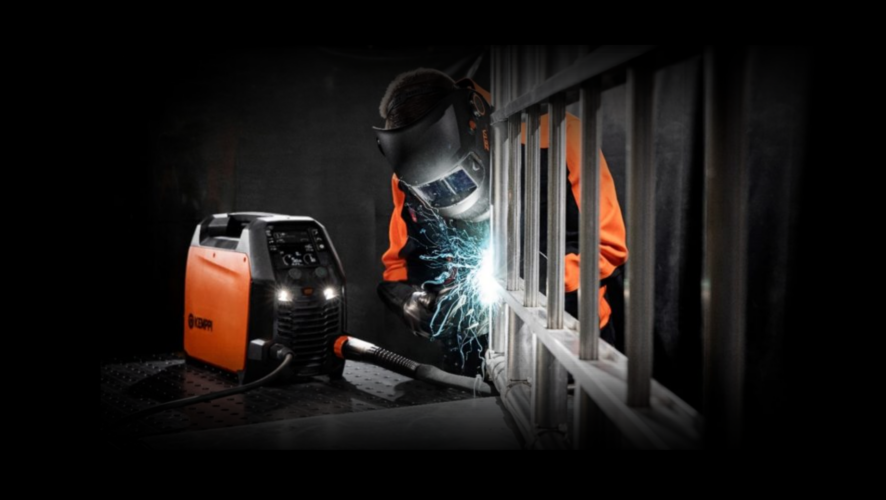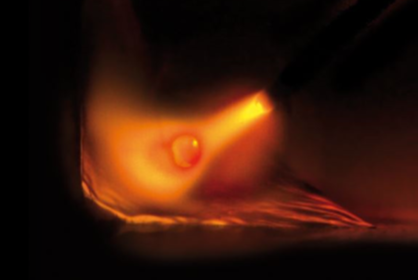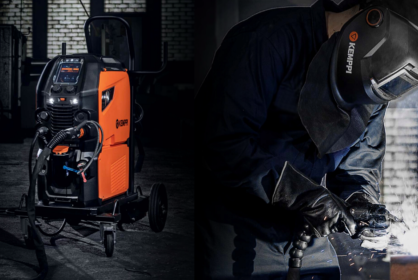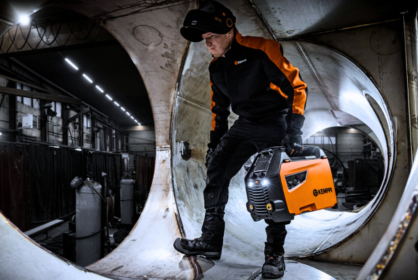This post is also available in: 


The versatility of portable welding equipment has traditionally been limited by the lack of pulsed MIG/MAG welding. It has been argued that three-phase power is required to achieve high-quality MIG/MAG pulse welding.
In particular, challenging aluminum welding applications and many stainless steel welding applications require pulsed MIG/MAG welding. In addition, pulsed arc welding can also bring significant benefits to welding ordinary structural steels. Kemppi has responded to these shortcomings and challenges in the portable class by developing the new Master M 205, a single-phase MIG/MAG pulse welding machine for demanding professional applications.
A small multi-process machine with MIG/MAG pulse welding capability
Despite its small size (520 x 250 x 379 mm) and weight (16.2 kg without accessories), the Master M 205 is a 200-amp multi-process welding machine. Basically, the small size only limits the size of the filler wire spool (maximum diameter 200 mm). The machine is primarily designed for MIG/MAG welding, but you can also choose between MMA (stick) welding and TIG welding with Lift TIG ignition.
MIG/MAG welding process variations include traditional 2-knob Manual MIG, synergic 1-MIG, and pulse welding. There are 20 welding programs for 1-MIG and 17 welding programs for pulsed MIG/MAG. These programs cover structural steels, stainless steels, aluminum alloys, and MIG brazing with CuSi3 and CuAl8 wires. In addition, many of the welding functions familiar from the Kemppi system and compact class welding machines (e.g., soft/hot start, crater fill, and Powerlog) are also available.
Although it is a portable welding machine, it is also available with a cooling unit to increase the reliability and productivity of pulsed MIG/MAG welding in particular.
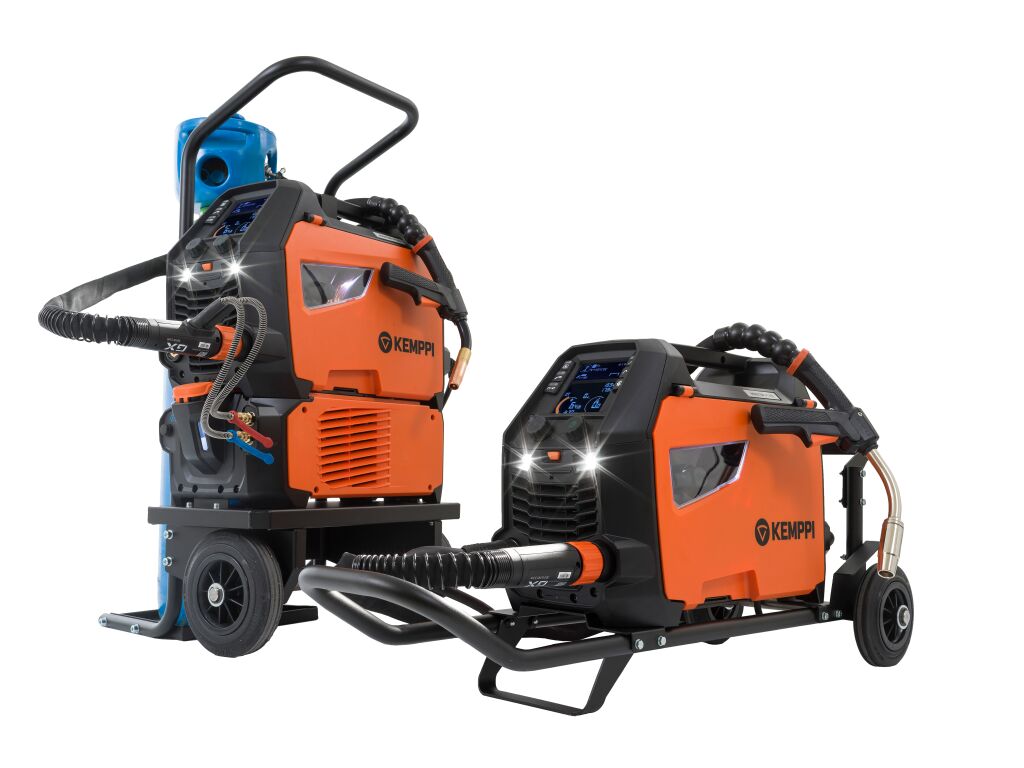
High-quality welding, regardless of location
Especially for hobby welders, but also for professionals, there are often situations where there is no three-phase power available. Such a situation typically excludes the use of multiple welding machines. But as single-phase is available on any job site, the Master M 205 suits all possible welding conditions and can be used almost anywhere.
The flexibility of use is further enhanced because the machine is designed for generator and multi-voltage operation, meaning it can tolerate varying supply voltages of different intensity. In practice, this means that generator operation or national, low-quality or low-voltage power grids do not cause problems or abnormal operation. These aspects make the Master M 205 an ideal portable welding machine to take with you from job to job.
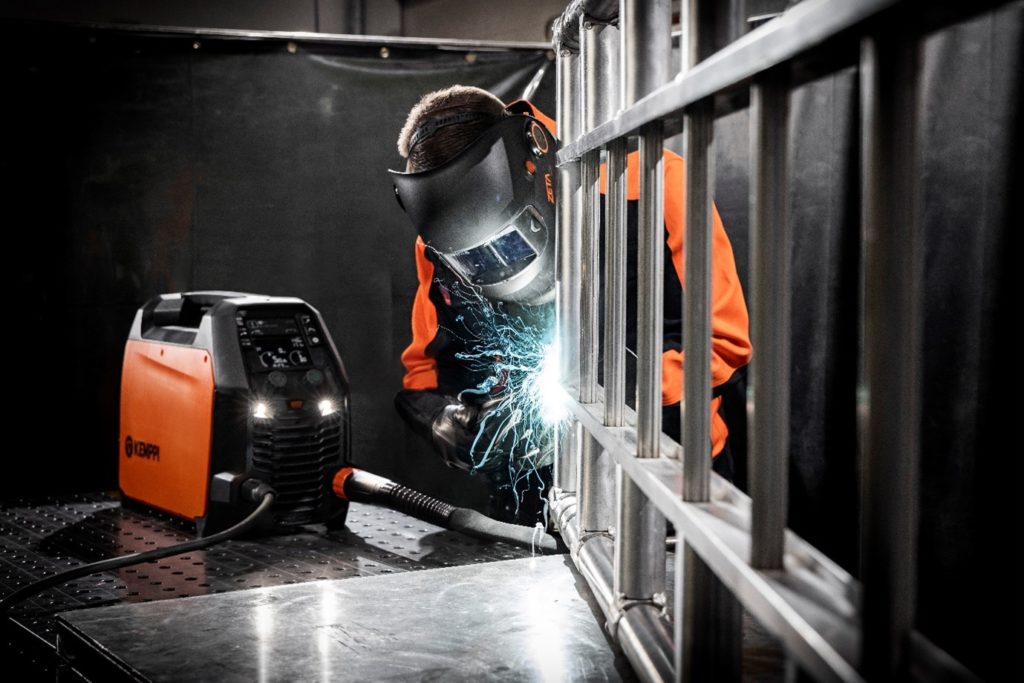
Professional pulse welding with single-phase current
Traditionally, performing high-quality pulsed MIG/MAG welding with single-phase current has been considered challenging. Few such welding machines are on the market, and in most cases, compromises have had to be made in their pulse welding characteristics. Typically, pulse rise speed is lower than in three-phase current welding machines, which can impair material transfer.
The Master M 205 is the first single-phase pulsed MIG/MAG welding machine manufactured by Kemppi. It has implemented pulse shapes so they do not differ from the three-phase machines in the same product family. In practice, the only difference compared to Kemppi’s larger pulsed MIG/MAG welding machines is the maximum available welding current and power. This makes switching between different devices really easy.
The use of single-phase current, especially in pulse welding, typically also limits the diameter of filler wire available. It is common for steel to have a wire diameter of 0.8 mm, the only diameter that can normally be welded. But with the Master M 205, using 1.0 mm steel wires (structural steel and stainless steel) is also possible. With aluminum alloys, 1.0 and 1.2 mm filler wires can be used. The weldable material thicknesses are quite large for a portable pulsed MIG/MAG welding machine. With the M 205, the maximum material thicknesses for pulse welding programs for fillet welding are:
- Structural steels: 4 mm
- Stainless steels: 6 mm
- Aluminum alloys: 8 mm
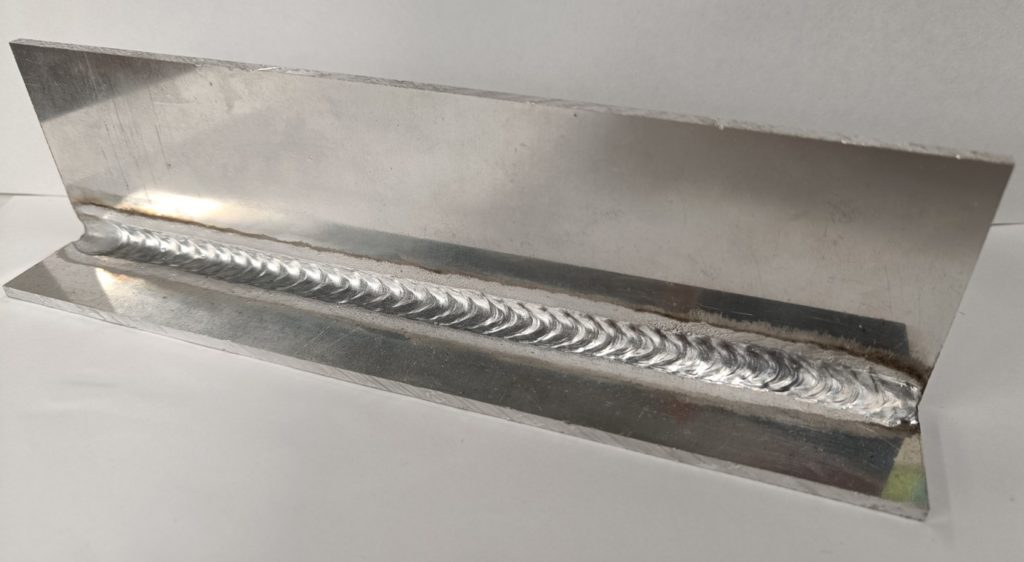
Especially for MIG welding of aluminum alloys, the pulse feature is a significant addition to the portable class. Professional aluminum welding applications typically require a pulse feature due to, among other things, the oxide layer on the surface of aluminum alloys. The pulsation of the welding current helps to penetrate the oxide layer. In addition, controlling the weld pool is easier compared to, for example, spray-arc welding.
In stainless steel welding, pulsed welding current enables the most demanding applications thanks to, among other things, spatter-free welding and low heat input. Even with conventional structural steels, these properties can improve welding efficiency. Especially in the power range of globular arc welding, for example, with 3 and 4 mm plate thicknesses, the benefits in terms of spattering are significant.
Summary
Due to productivity requirements, MIG/MAG welding processes are largely and increasingly used for welding not only structural steels but also aluminium alloys and stainless steels. However, the most demanding MIG/MAG welding jobs require pulse capability, which has limited professionals’ use of portable machines.
Hobbyists often prefer single-phase current welding equipment for practical reasons, so they have traditionally not had the opportunity to use pulsed MIG/MAG welding. This has usually meant, for example, that a separate TIG welding machine has had to be purchased for welding aluminum. Thanks to Kemppi’s new Master M 205 welding machine, many of the limitations of portable welding equipment are now a thing of the past.
Read more about Master M 205 >>>>> kemppi.com/master-m-205








